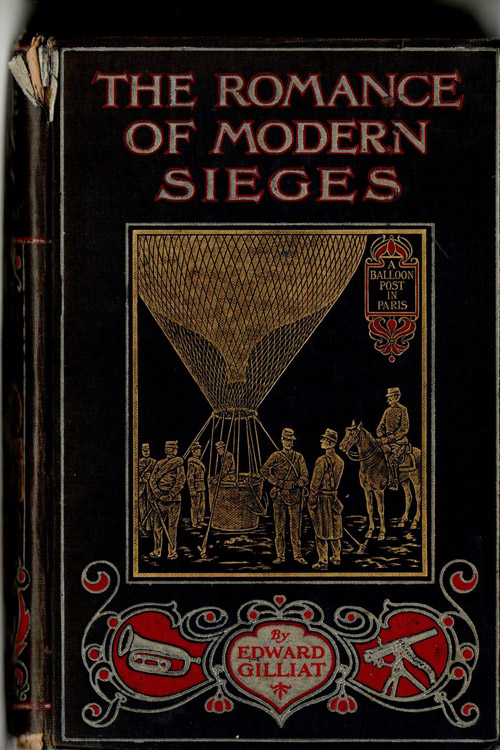
The Romance of Modern Sieges
From 712 to the beginning of the fourteenth century, Gibraltar was in the hands of the Saracens; then, it fell into the hands of the Spaniards. In 1704, the year of Blenheim, a combined English and Dutch fleet under Sir George Rooke captured the Rock from the Marquis de Salines, and Gibraltar has since then remained in the possession of the English, though several attempts have been made to wrest it from us.
Before we follow Captain Drinkwater in some details of the great siege, a few words must be said about the Rock and its defences as they then were. The Rock juts out like a cape, rising to a height of 1,300 feet, and is joined to the Spanish mainland by a low sandy isthmus at the foot of the Rock, about 2,700 feet broad. The little town lies on a narrow ledge at the foot of the northwest slope, huddled up beneath the frowning precipice and bristling batteries excavated out of the solid rock. Up to the very crest, batteries are planted at different heights, half or wholly concealed by the galleries.
All along the sea-line were bastions mounted with great guns and howitzers and supplied with casemates for 1,000 men. In all, the fortifications were armed with 663 pieces of artillery. Conspicuous among the buildings was an old Moorish castle on the northwest side of the hill: the Grand Battery was planted, with the Governor’s residence at the upper corner of the walls. Many caves and hollows are found on the mountain, convenient for powder magazines and hiding places for the apes who colonize the Rock. The climate, even in mid-winter, is so mild and warm that cricket and tennis can be played on dry grass, wherever a lawn can be found in the neighbourhood, as the writer has experienced.
But at Gibraltar, all is stony ground and barren rock; only on the western slope, a few palmettos grow, with lavender and Spanish broom, roses, and asphodels. In 1777, Spain was offered an excellent opportunity to recover the Rock from England. The North American colonies had seceded, and the prestige of Britain had suffered a severe blow. The fleets of France and Spain, sixty-six sail of the line, were opposed by Sir Charles Hardy’s thirty-eight, but with these, he prevented the enemy from landing an invading army on the English shore. But Spain intended to retake Gibraltar and planted batteries across the isthmus that connects the Rock with Spain.
Read or download Book
Edward Gilliat
The Rev. Edward Gilliat was born in 1841 in Horncastle, Lincolnshire.
Biography.
He attended Pembroke College, Oxford, and took holy orders in the Church of England. Gilliat worked as a schoolmaster first at Westminster and then at Harrow, where he spent thirty years. In addition, he wrote several novels and other nonfiction works.
He married and had five daughters and one son (who died in the Great War). Gilliat died at Bath in 1915 after being struck by a motor car.






